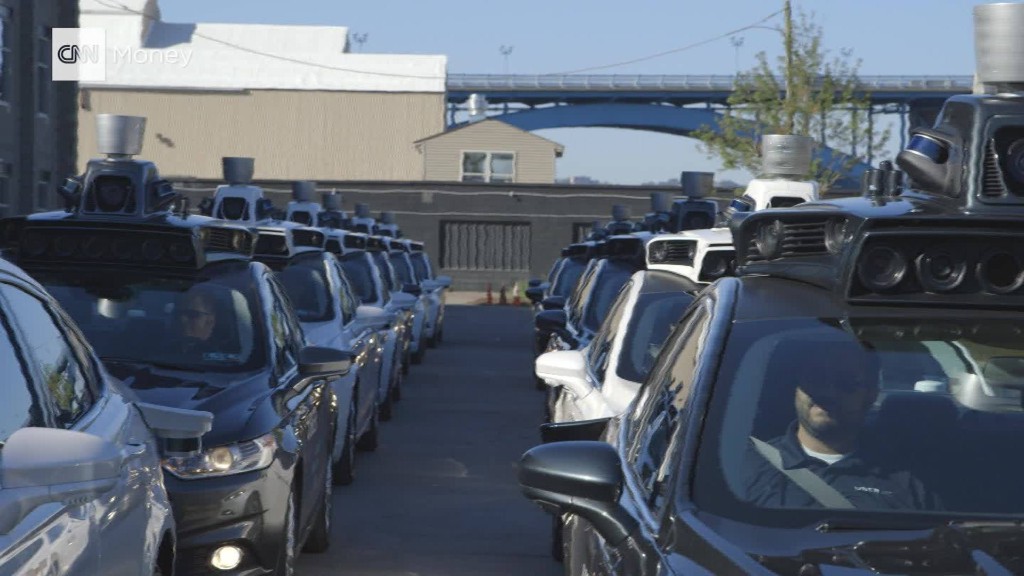
The crisis on U.S. roads shows no sign of letting up.
New government estimates project that for the second straight year, the United States will see the largest leap in motor vehicle fatalities in 50 years.
In the first nine months of 2016, the Department of Transportation estimates that 27,875 people died in motor vehicle crashes. That's an 8% increase from the same timeframe in 2015.
U.S. roads are still significantly safer than decades ago, but government officials are concerned and want to halt the reversal in improving fortunes. In 2015, there was a 7.2% spike in traffic fatalities, the largest gain the nation had seen in 50 years.
Related: Why more people are suddenly dying on U.S. roads
Fatality rates dipped to all time lows during the Great Recession. Tough economic conditions are known to lead to fewer traffic deaths as people are less likely to be driving to jobs.
As the economy recovered, experts knew traffic fatalities would rise. But they say the rash of fatalities in 2015 and 2016 isn't just about an improving economy or lower gas prices. Some experts have suggested that distracted driving and warmer weather are to blame.
In a briefing with reporters, government officials called for more data and more analysis to get to the bottom of the spike in deaths.
"We hope we can find some data sources out there in the private sector that can help us understand what's happening on our roads," said Dan Morgan, chief data officer at the Department of Transportation.
Brian Teffi, a traffic safety researcher with AAA, called for states to compile more detailed drug test data on crash victims. He pointed to research in Washington state that found a recent spike in victims with marijuana in their systems. But drug testing of crash victims isn't consistent around the country, making it harder for traffic experts to draw any hard conclusions about the role of drugs in crashes.

